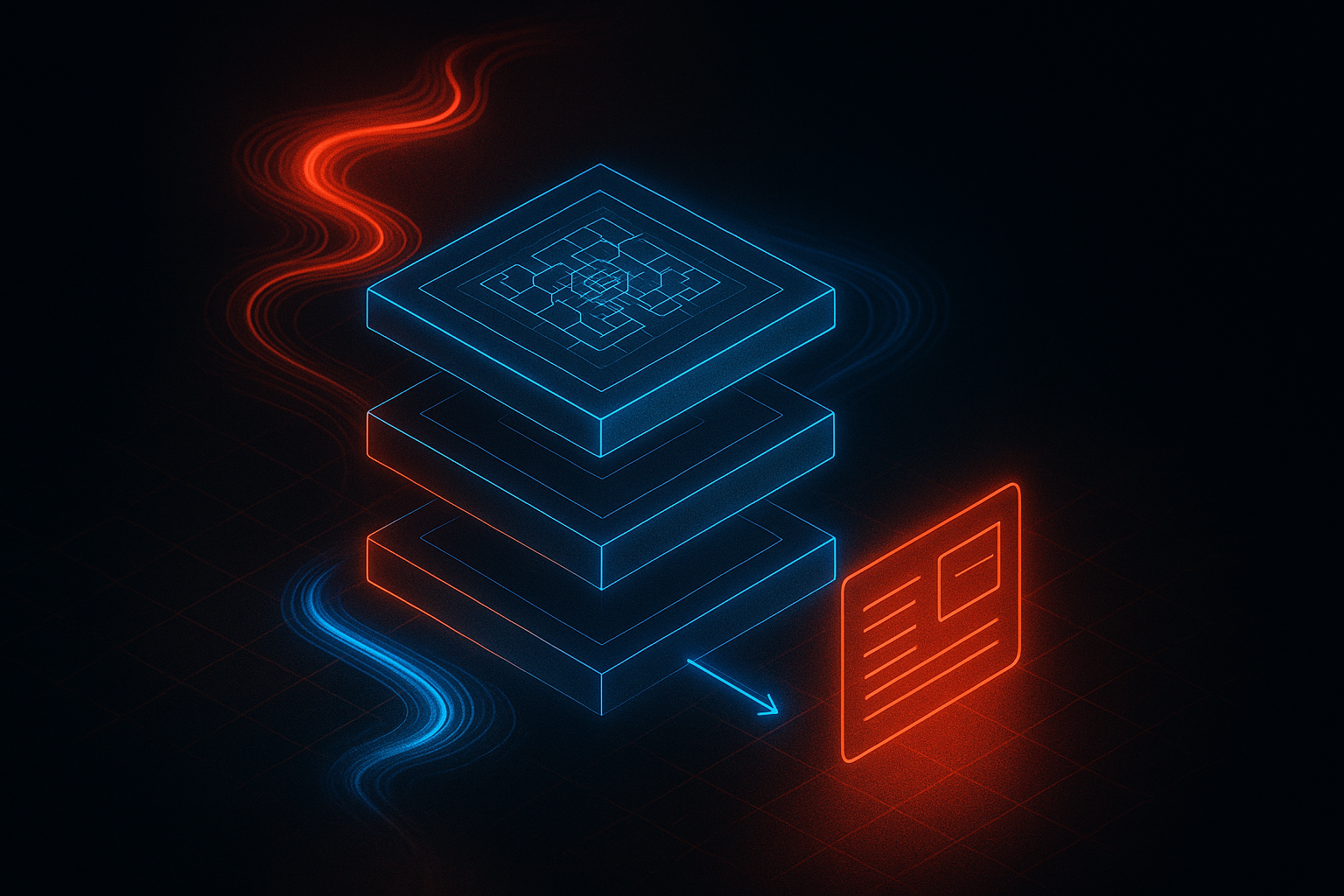Designing for intersectionality and inclusive recruitment
Beyond’s former Group Employee Experience and Inclusion Director outlines the highlights from our recent event which focused on designing for intersectionality.


Diversity and inclusion is a complex and nuanced topic. “A lot of organisations believe that diversity is inclusion,” admitted Joanne Lockwood, Founder and CEO of SEE Change Happen, at the third event in our Human HR series. While it is true that a lot of companies haven’t quite got it right, we’re seeing more progress and understanding than ever in the D&I space. But one topic that is proving elusive for a lot of businesses is intersectionality. So, we brought together a range of experts to talk about what it really means.

Intersectionality has its roots in the late eighties with black feminist Kimberlé Williams Crenshaw, who coined the term. She defined it as “the notion that social identities such as age, class, gender, marital status, race, sexuality and disability (seen or unseen) overlap and intersect in ways that shape each individual.”
“We can use intersectionality within D&I to become a lens through which we can view our policy and procedures”
Kieran Wilson, Empowerment Programmes Delivery Officer – Stonewall
Intersectionality is a commonly misused term. It’s often used to describe when people have different intersecting characteristics, but really it’s about talking about systems of oppression, power of privilege and bias. And that’s not the only misconception surrounding the topic. Lucy Hackshaw, Founder and Leadership Futurist of Flux, explained that assuming intersectionality is an HR function is where a lot of organisations are going wrong. “It needs to run through the whole business entirely. It has to be supported on a human-to-human level.”
So how do we design for intersectionality in our organisations? Sonya Barlow, Founder of Like Minded Females cautioned against relying too heavily on internal communities in your organisation. “A network is not responsible for creating your D&I framework or for facilitating change. What they’re responsible for is creating an internal community which is safe so you can come and share your views and ultimately take that to the HR function or the leadership.”
How to design for intersectionality
- Fish in different ponds – Appeal to diverse candidates in your job adverts. This doesn’t mean gendered language. Instead, think of what you put in your benefits package. And take Joanne Lockwood’s advice to reach out to communities directly and to “always be authentic and honest.”
undefinedundefinedundefinedundefinedundefinedundefinedundefined
Intersectionality isn’t just an addition to the D&I conversation. “It is the conversation,” insists Sonya Barlow. Intersectionality should be part of your core belief, value and culture system and it’s the duty of your workplace to talk about it. Take Lucy Hackshaw’s advice to “get more curious” and keep asking questions and continue learning. While there’s definitely right and wrong ways to ask about certain things, Kieran Wilson taught us that what’s most important is to make sure you’re collecting as much information as you can to grow your understanding of your diverse team.
Ultimately, no matter what identities your company is focusing on increasing, everyone is human and therefore has multiple needs. BAME employees will also have access needs, so without looking at D&I more holistically, you will end up excluding the people you’re trying to include.








